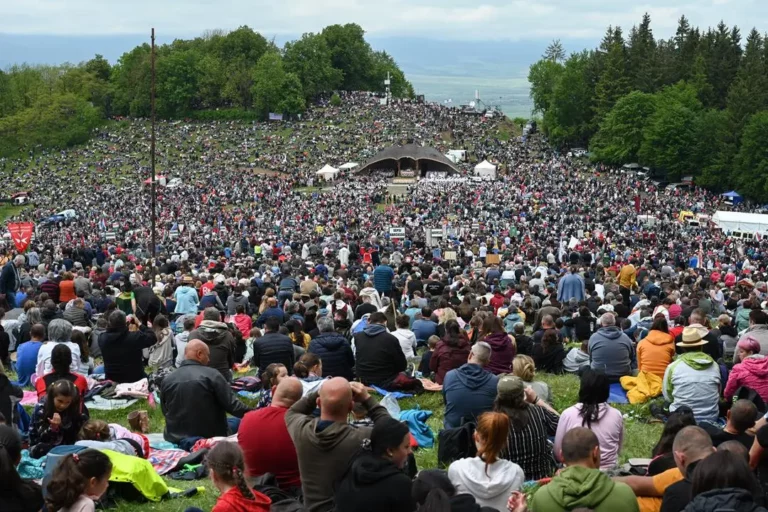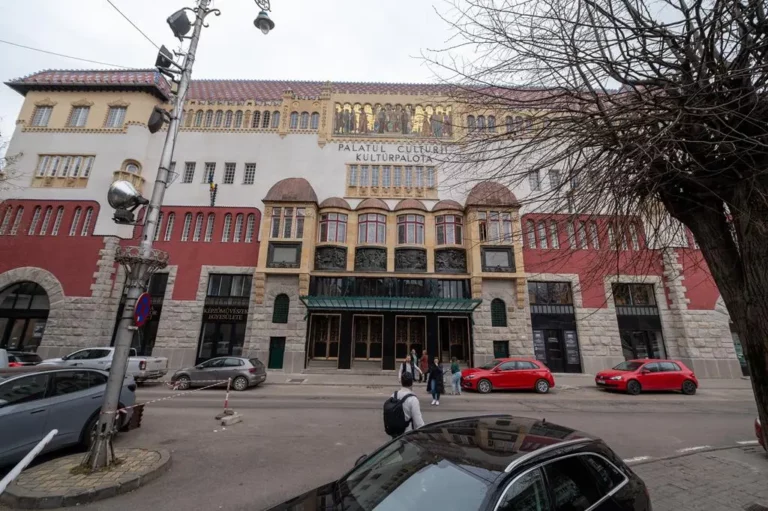Szeklerland
Racist rhetoric: Romanian presidential candidate Georgescu calls for restricting Hungarian rights!

Hungary’s culture minister explores strengthening ties with Transylvania’s cultural and educational institutions

Anniversary of the Madéfalva massacre commemorated in Romania

Wizz Air expands flights to a beloved Eastern European city for the holiday season

Hungarian minister: Government takes responsibility for Hungarian communities across the border

VIDEO, PHOTOS: Hungarian pianist sets new Guinness record by playing at 5,800 metres

Ethnic Hungarian RMDSZ secures seats in EP, Hungarian mayors re-elected in several Romanian cities

Day of National Cohesion – Culture Minister: Creating value right response to Trianon

Hundreds of thousands of Hungarians celebrated Pentecost in Csíksomlyó in 2024 – PHOTOS

The Hungarian tradition of sprinkling on Easter Monday – UPDATED

Amazing news: Special saltwater spa opens in Transylvania with new look

FM Szijjártó: Strong ethnic Hungarian RMDSZ party to boost Romania-Hungary ties

Hungarian government: ‘we stand by Szekler freedom’

PHOTOS: Culture Palace of Marosvásárhely became sublime

Background of Hungarian politicians involved in the tragic accident of Szeklerland?

Romania to discuss draft autonomy bills for Szeklerland and Hungarians in Transylvania

British PM receives drawing by Szekler girl for Christmas

Hungarian government sends emergency aid to school in Szeklerland





 ZH
ZH IT
IT DE
DE HR
HR NL
NL FR
FR JA
JA RO
RO RU
RU ES
ES TR
TR
